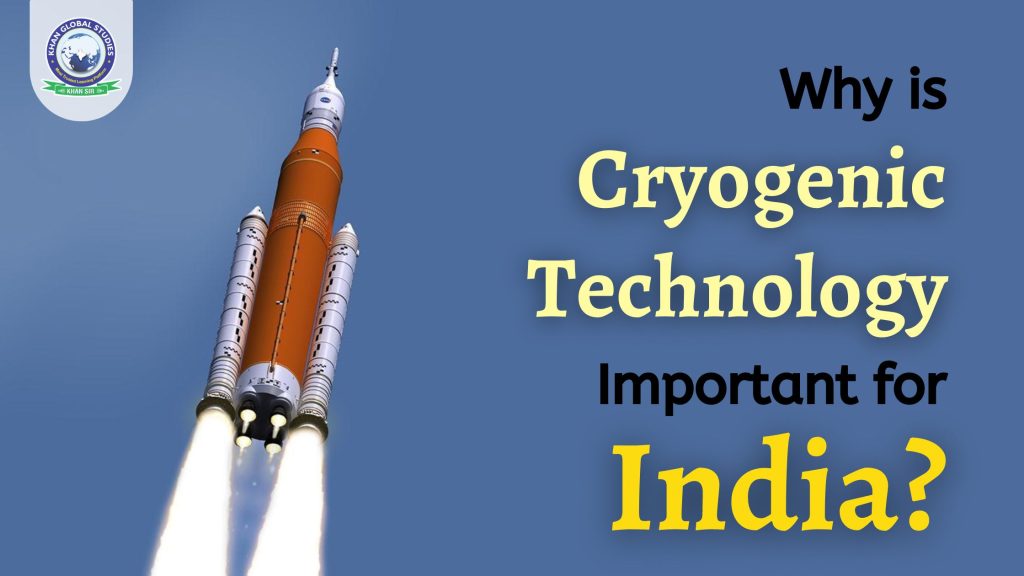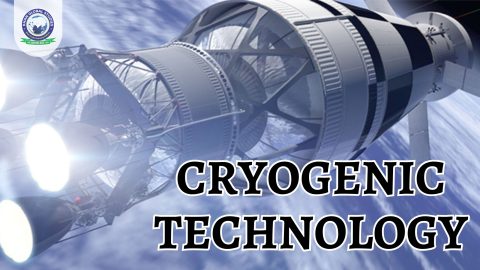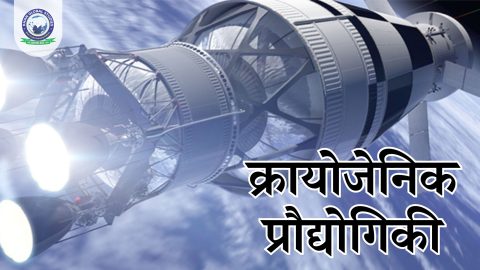Cryogenic technology, a specialized field focused on achieving and harnessing extremely low temperatures, plays a vital role in a wide range of industries. Defined by the study of materials and their behaviour at temperatures below -150°C (-238°F), this technology has revolutionized our approach to everything from space exploration to healthcare. It allows for the storage of medicines, fueling space missions, and has become an indispensable tool in a variety of high-tech applications.
In this comprehensive exploration, we will discuss the fundamentals of cryogenic technology, its importance to countries like India, its applications across industries, and how it has evolved into a powerful tool for innovation.
Understanding Cryogenic Technology
At its essence, cryogenics refers to the science and technology of producing and maintaining temperatures that are much lower than those encountered in everyday life. When gases such as oxygen, nitrogen and hydrogen are cooled to their respective boiling points, they turn into liquids, which have unique properties ideal for industrial and scientific use. This liquefaction process is important in space missions, missile development and medical technology.
The cryogenic stage is crucial in aerospace applications, where liquid propellants such as liquid hydrogen and oxygen are used in launch vehicles. These fuels, when combined at extremely low temperatures, provide high energy efficiency and lightweight, making them suitable for propelling spacecraft.
Why is Cryogenic Technology important for India?
India’s advances in cryogenic technology are central to the country’s status as a rising space power. Here are some key reasons why cryogenic technology is important for India’s growth and development:
- Space Exploration and the GSLV Program: The most significant contribution of cryogenic technology to India has been its role in ISRO’s GSLV program (Geosynchronous Satellite Launch Vehicle). The cryogenic engines used in these rockets enable the country to launch heavier payloads into orbit, a key factor in satellite communications, navigation, and defence applications.
- Lightweight and High Efficiency: Cryogenic fuels such as liquid hydrogen and liquid oxygen offer high energy output per unit mass, making them more economical for launch vehicles. The light weight of these fuels significantly reduces the load on the rocket, enabling it to carry heavier payloads without increasing the size of the vehicle.
- Defence and Missile Programs: Cryogenic technology also plays a vital role in India’s defence sector, especially in the development of future rocket engines for missiles. These engines offer better performance due to their ability to operate at extremely low temperatures, increasing thrust and ensuring longer flight range.
- Environmentally Friendly Technology: The biggest advantage of cryogenic technology is that it is clean for the environment. By using hydrogen and oxygen as fuel, the only by-product is water vapour, making it an excellent alternative to traditional fossil fuels that contribute to pollution and climate change.
- India’s Rise as a Space Power: Historically, India resisted acquiring cryogenic technology from other countries, particularly the United States, Japan, Russia, and China, who were reluctant to share such crucial knowledge. However, through years of determination and indigenous research, India successfully developed its cryogenic engines, allowing the country to stand shoulder-to-shoulder with global space powers.
- Additional uses in Medicine and Food Preservation: Apart from aerospace and defence, cryogenic technology is also used in medicine and food storage sectors. Cryogenic storage allows biological samples such as blood and stem cells to be preserved at extremely low temperatures. Additionally, the food industry benefits from cryogenic freezing methods, increasing the shelf life of perishable products and maintaining their quality.
ISRO’s Largest Cryogenic Propellant Tank: C32-LH2
One of the most impressive achievements of Indian cryogenic technology is the development of the C32-LH2 propellant tank, designed for the GSLV MK-III vehicle. Made of aluminium alloy, this massive tank represents a major advancement in ISRO’s capabilities.
- Diameter: 4 m
- Length: 8 m
- Capacity: Can hold 5755 kg of liquid propellant
- Welding Length: The tank involved 115 m of precision welding to meet rigorous quality checks such as radiography, dye penetrant inspection and leak-proof testing.
The C32-LH2 is an example of India’s ability to manufacture complex cryogenic components, enhancing the payload capacity of the GSLV MK-III, which will support the launch of advanced communication and observation satellites.
India’s Journey Towards Cryogenic Independence
India’s path to mastering cryogenic technology was not a straight one. A turning point came in the early 1990s when India tried to buy cryogenic engines from Russia. At the time, only a few countries, including the United States, France and China, had access to this crucial technology. Due to the sensitivity of cryogenic engines, especially their potential military applications, many countries were hesitant to assist India.
In 1991, the Soviet Union’s space agency, Glavkosmos, agreed to transfer cryogenic engine technology to India. However, the deal met stiff resistance from the United States, which imposed sanctions on both Soviet and Indian space programmes, citing concerns under the Missile Technology Control Regime (MTCR).
When the Soviet Union disintegrated in 1991, the new Russian government led by Boris Yeltsin withdrew full technology transfer. Instead, India was allowed to buy seven cryogenic engines, but without the accompanying technology. Rather than being deterred by this, India took this setback as an opportunity to develop its indigenous cryogenic technology.
The first successful test of an India-developed cryogenic engine was in 2003 and by 2014, India’s first successful flight using this engine ushered in a new era in the country’s space exploration capabilities.
The Future of Cryogenic Technology in India
India’s advances in cryogenic technology have laid the foundation for future developments in space exploration, missile defence, and sustainable energy. As ISRO pushes the boundaries of GSLV missions and moves into deep space exploration, cryogenic technology will remain at the forefront of India’s efforts.
Additionally, advances in clean energy solutions will continue to benefit from cryogenic technology, especially in the areas of liquid hydrogen storage and carbon capture. These innovations are essential to combat climate change and ensure sustainable development.
Conclusion
Cryogenic technology has become an integral part of India’s scientific, industrial, and defence sectors. From enabling satellite launches through the GSLV programme to fuelling advances in missile technology, cryogenics has catapulted India into the league of global space powers. With its clean and efficient energy systems, cryogenic technology promises to play a vital role in future not only in space exploration but also in addressing some of the world’s most pressing environmental challenges.







